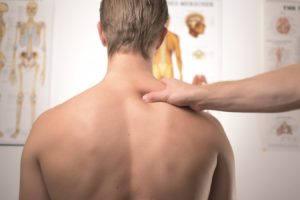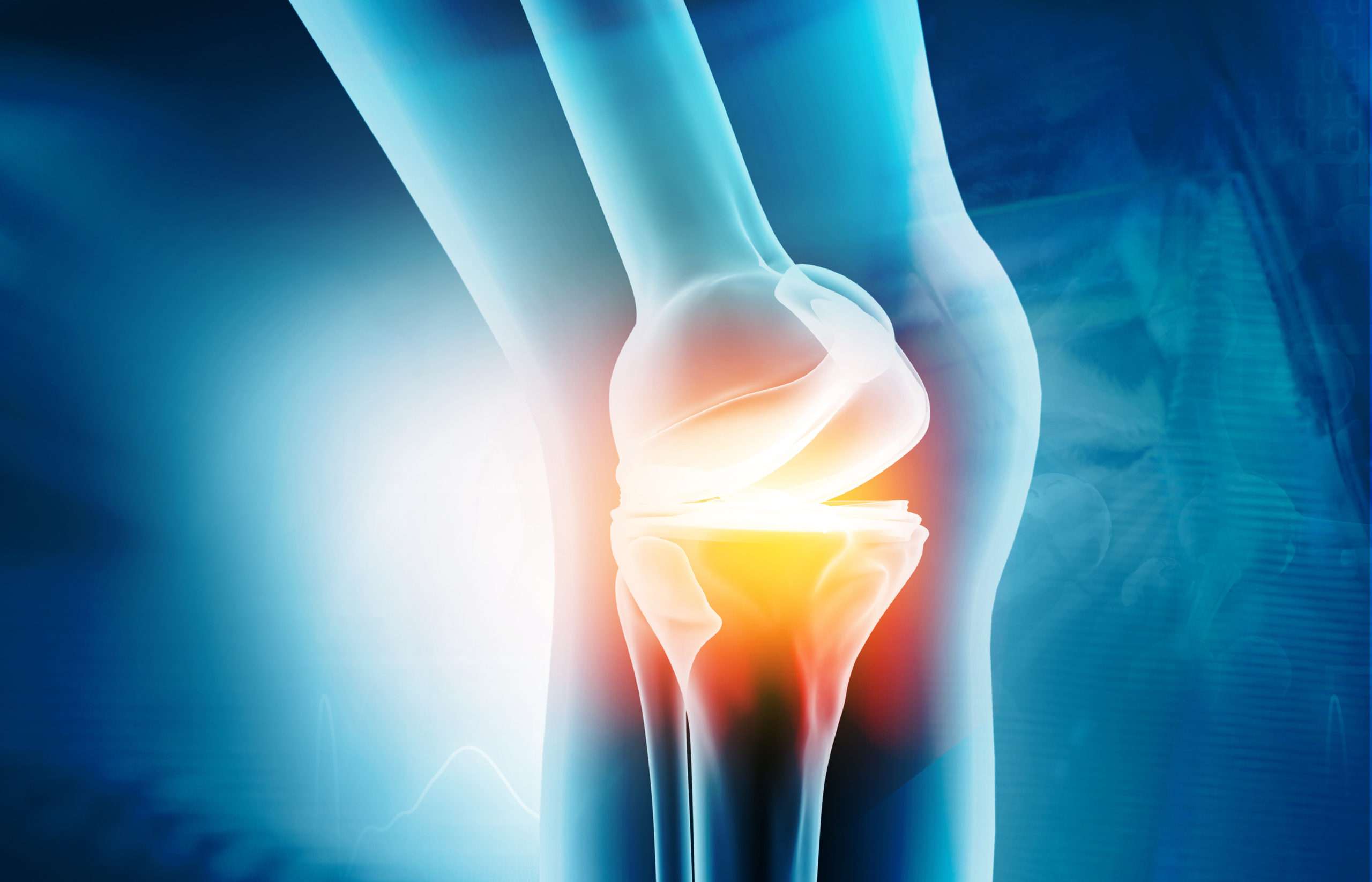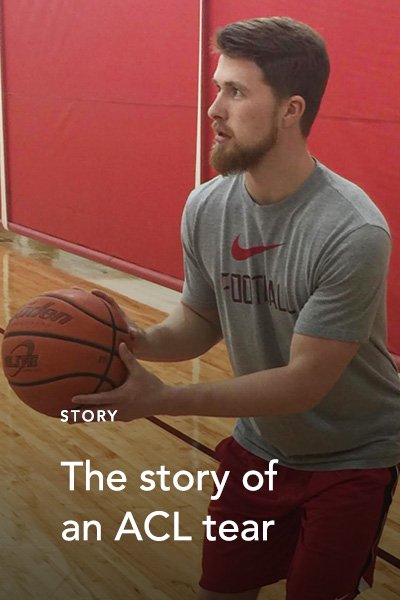 Your shoulder might look like a simple joint from the outside, but inside, there’s a lot going on. Sure, the shoulder joint is the “meeting spot” for three bones — your upper arm (humerus), collarbone (clavicle) and shoulder blade (scapula). But your shoulder also contains muscles, ligaments, tendons, cartilage and nerves, all of which work together to help your shoulder move. When you have shoulder pain, your symptoms could be coming from any of these structures — or from several, all at one time.
Your shoulder might look like a simple joint from the outside, but inside, there’s a lot going on. Sure, the shoulder joint is the “meeting spot” for three bones — your upper arm (humerus), collarbone (clavicle) and shoulder blade (scapula). But your shoulder also contains muscles, ligaments, tendons, cartilage and nerves, all of which work together to help your shoulder move. When you have shoulder pain, your symptoms could be coming from any of these structures — or from several, all at one time.
Common Causes of Shoulder Pain
Since the shoulder joint is so complex, it’s not surprising pain can be caused by lots of factors.
Rotator cuff injuries
The rotator cuff is a collection of tendons and muscles that surround and support the shoulder joint. Rotator cuff problems develop when these muscles and tendons become irritated or inflamed. Rotator cuff problems can be caused by direct injury or by wear and tear. The two most common rotator cuff injuries are impingement and tears. In a rotator cuff impingement, the muscles or tendons get “pinched” or compressed between joint components. In a tear, part or all of a rotator cuff tendon is torn away from the bone.
Adhesive capsulitis
Adhesive capsulitis (or frozen shoulder) causes the muscles and other tissues around the shoulder joint to “stiffen up.” It’s more common in people between the ages of 40 and 60, as well as women, diabetics, and people with thyroid disorders. Frozen shoulder often follows a shoulder injury or another condition like a shoulder impingement. But sometimes, it occurs on its own, without any identifiable cause. Oral pain relievers, corticosteroid injections and physical therapy are the most common treatments. But even with treatment, it can take months or even years for the condition to resolve.
Shoulder arthritis
Most people tend to think of arthritis affecting the knees and hands. But shoulders can develop arthritis, too. The ends of the bones inside your joints are covered by a thick, protective layer of cartilage. The cartilage helps your joints move smoothly and without pain. In shoulder arthritis, injury or wear and tear cause the cartilage to break down and thin out. Medications, corticosteroid injections, and gentle stretching exercises can help reduce mild to moderate arthritis symptoms. If your arthritis is very severe, you might need surgery to relieve your symptoms and restore movement in the joint.
Chronic shoulder instability
Your shoulder is a ball-and-socket joint, and tendons and ligaments help keep the ball portion snugly inside the socket. If your tendons and ligaments are damaged by one or more injuries, they can weaken. And if they weaken too much, they won’t provide the support that’s needed to prevent the ball part from slipping out of the socket. Shoulder instability causes both pain and weakness, especially when you try to raise your arm. Sometimes, instability can be treated with medications, corticosteroid injections and therapy. But if more severe cases, you might need surgery to restore the joint’s structure and function so more serious problems don’t develop.
Shoulder bursitis
Bursitis is an inflammation of the bursae, tiny sacs of fluid that act like tiny cushions inside your joint. Bursitis can be caused by direct injuries, but it’s usually associated with overuse. Rest, ice, medication, and gentle stretching exercises are usually all it takes to relieve bursitis pain.
Shoulder muscle pain
Shoulder muscle pain usually is associated with overuse or repetitive use injuries. You’re at greater risk for this type of pain if you:
- Use your shoulders a lot for lifting, throwing or reaching, muscle pain
- Don’t warm up prior to using your shoulders
- Perform a strenuous activity when your shoulder is weak from inactivity or injury
Most shoulder muscle pain can be treated with ice and rest, but it’s still important to have a medical evaluation, especially if your pain persists. Some shoulder muscle pain occurs along with more serious problems that just won’t get better without medical treatment.
Sometimes, shoulder pain causes other symptoms like:
- Pain in your neck, upper back or arm
- Joint stiffness
- Pain when lifting your arm or rotating it
- Numbness in your arm or fingers.
Keeping a record of all your symptoms can be helpful in making sure you get the right diagnosis and the right treatment.
How do I get my shoulder to stop hurting?
The first step in relieving any type of shoulder pain is to schedule an appointment with Dr. Van Thiel to have your shoulder evaluated. Even if your pain seems minor, it could develop into something much more serious without proper medical attention. During your office visit, Dr. Van Thiel will perform a series of examinations to assess how your shoulder is “working,” and he’ll also ask about your symptoms. You’ll probably have diagnostic imaging to help him diagnose the cause of your pain and to determine the best course of care. If you’re having shoulder pain, don’t delay getting the treatment you need to feel better. Contact our practice and schedule your office visit today.
Dr. Van Thiel treats patients from all over Wisconsin and Illinois including Rockford, Elgin, Huntley, Dekalb, Crystal Lake, Barrington, McHenry, and Beloit.










